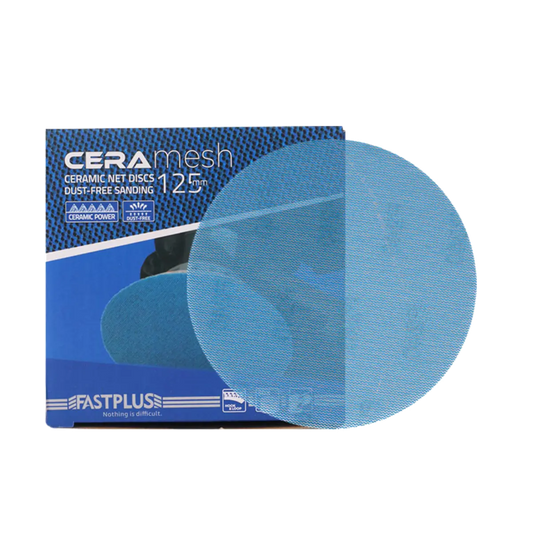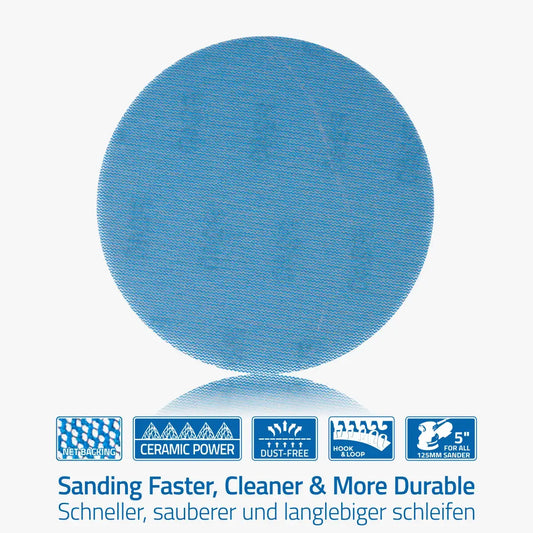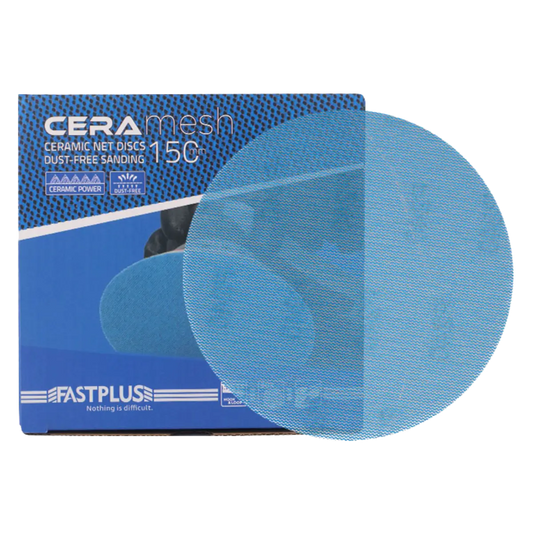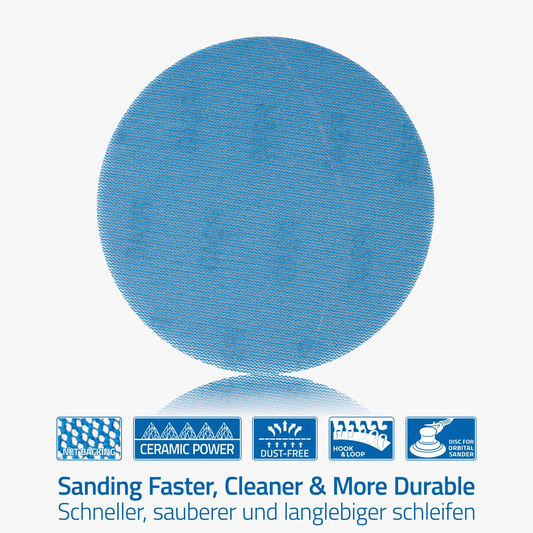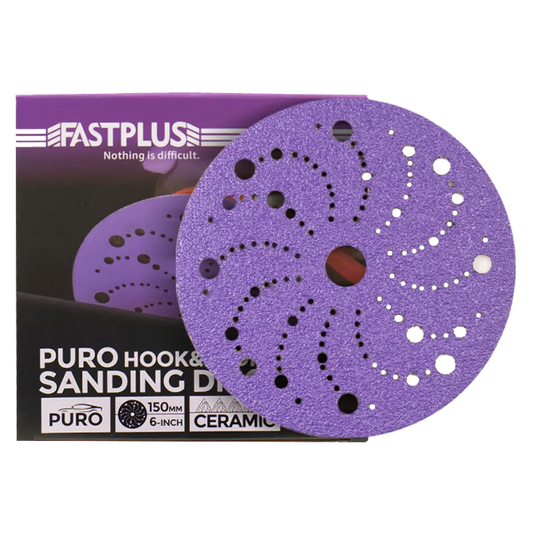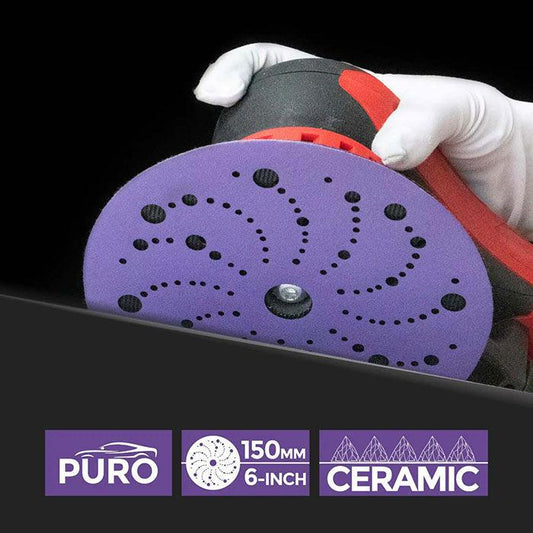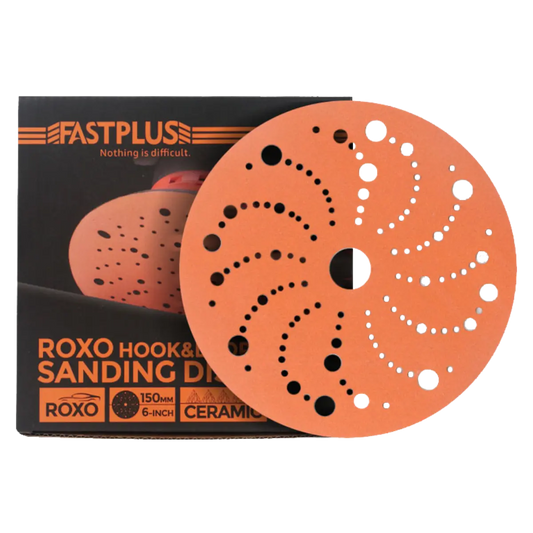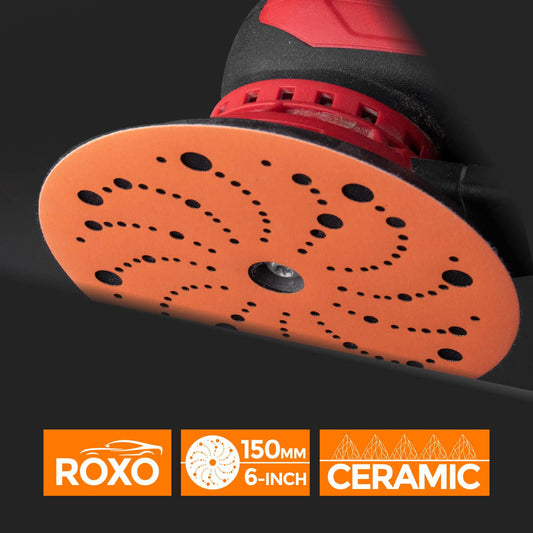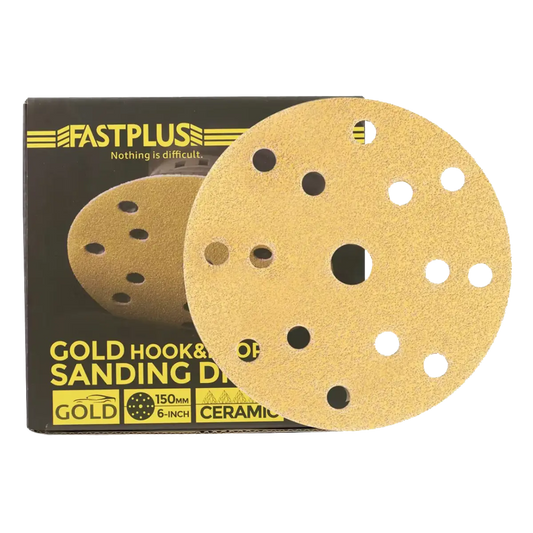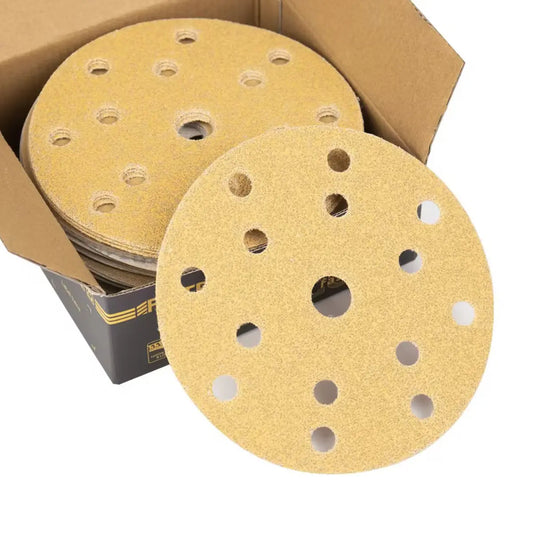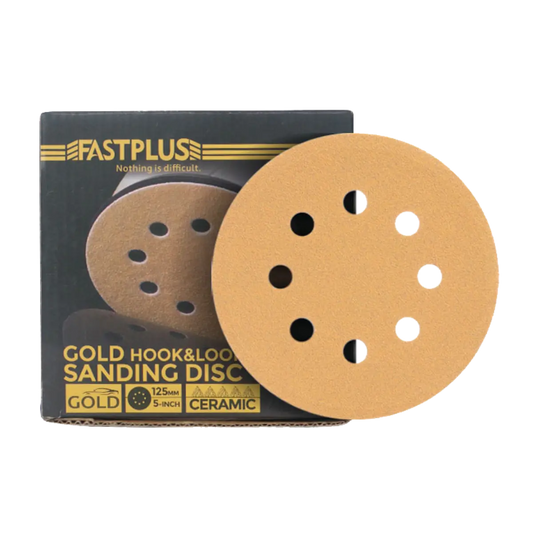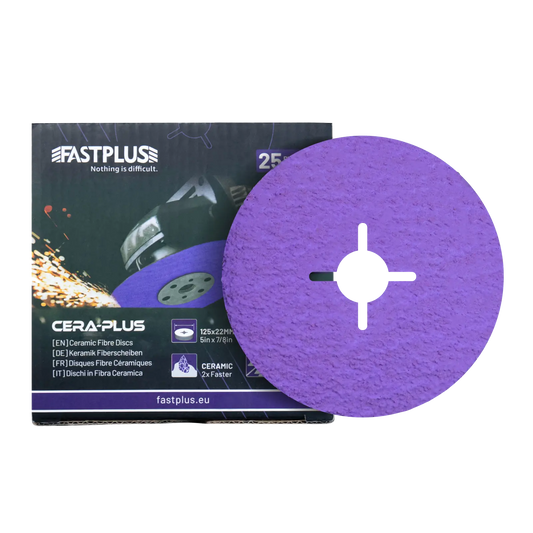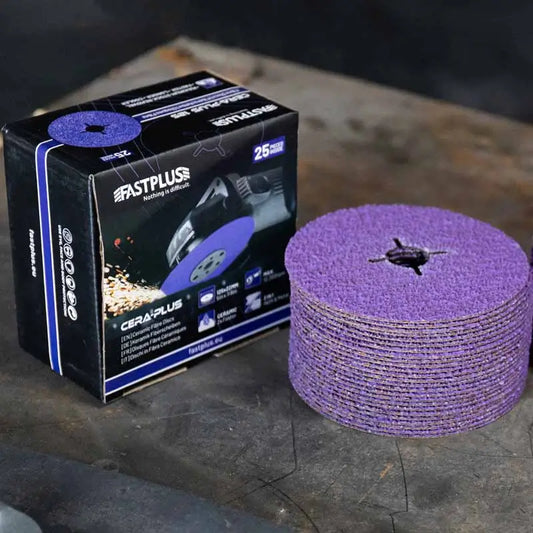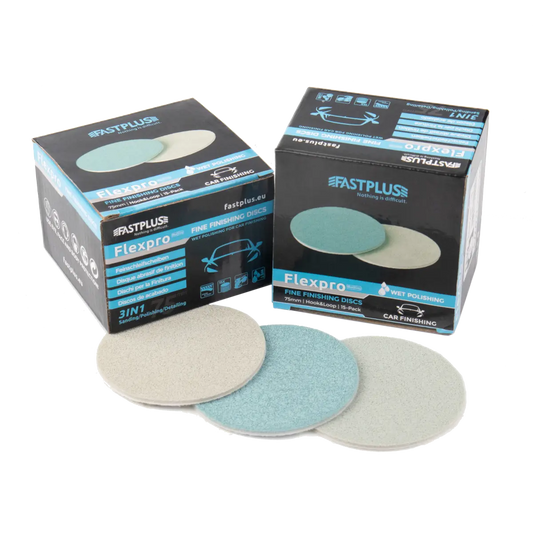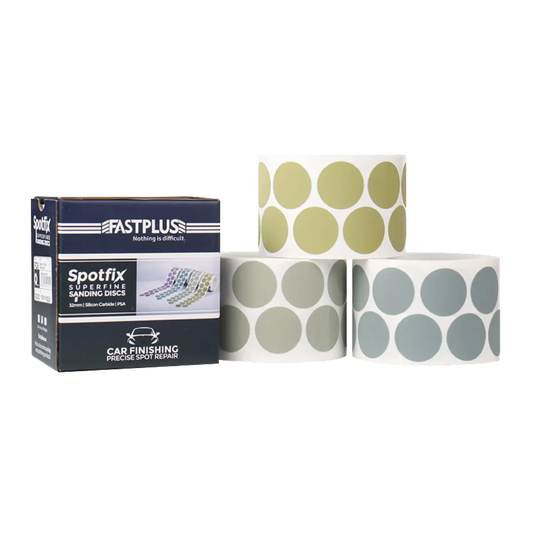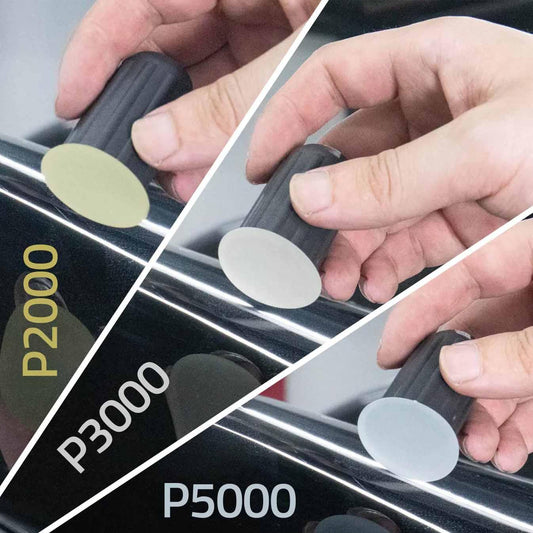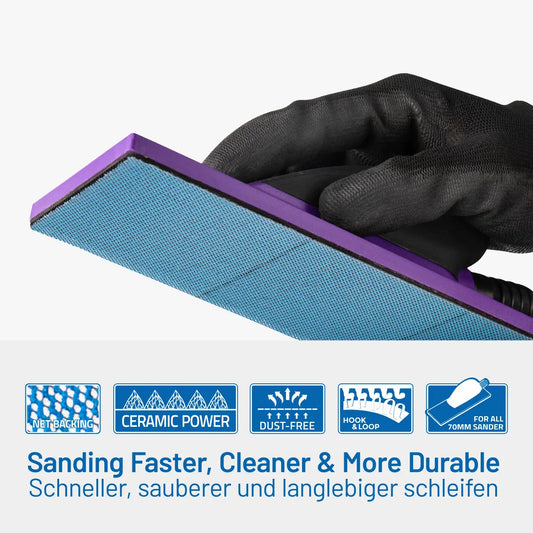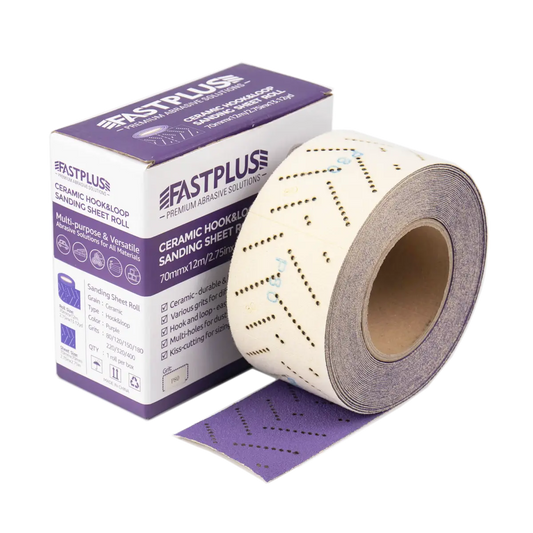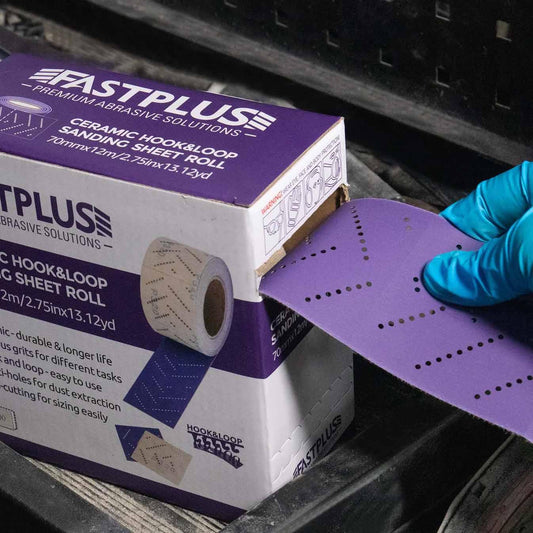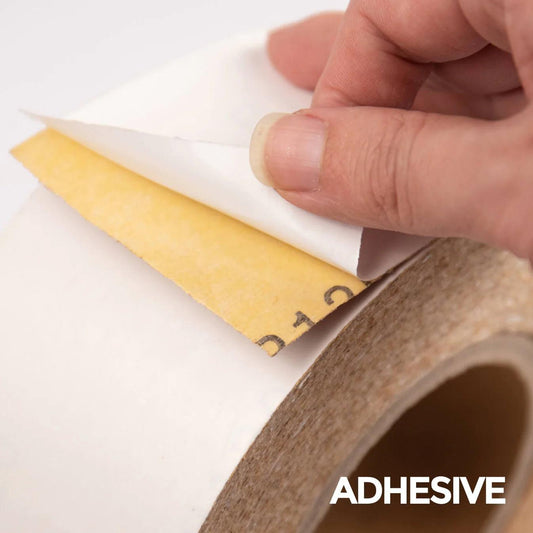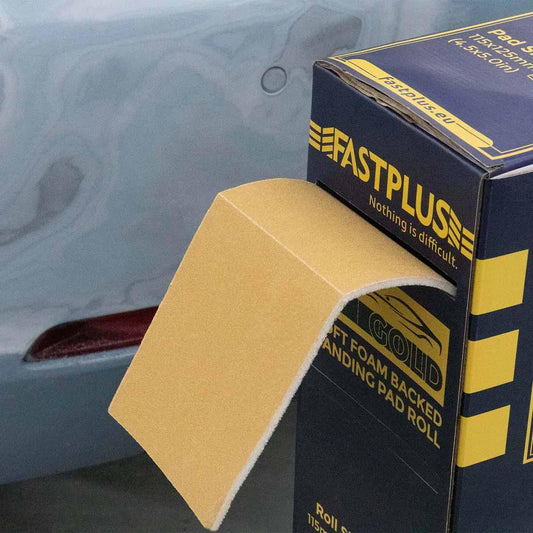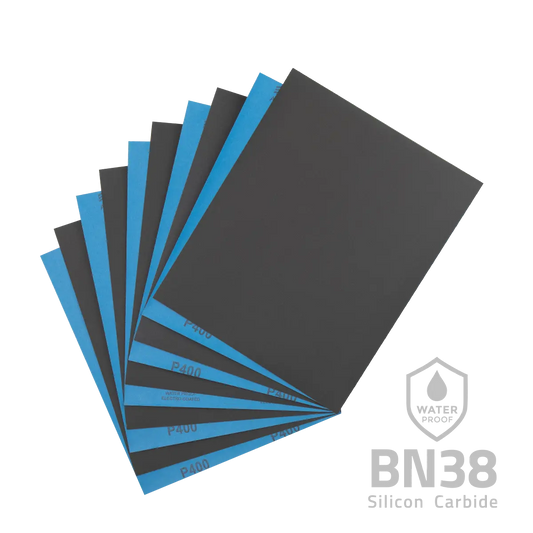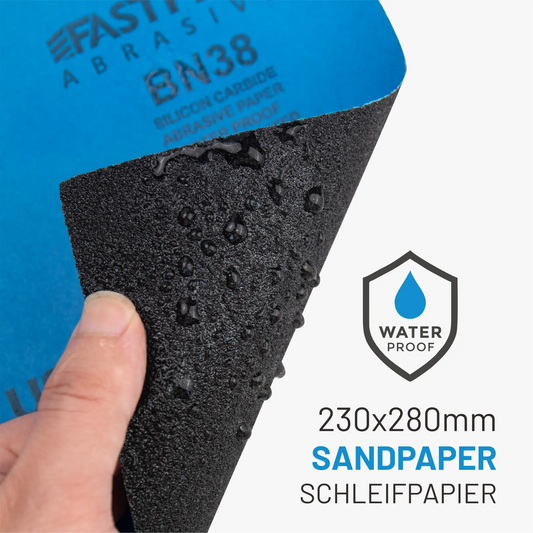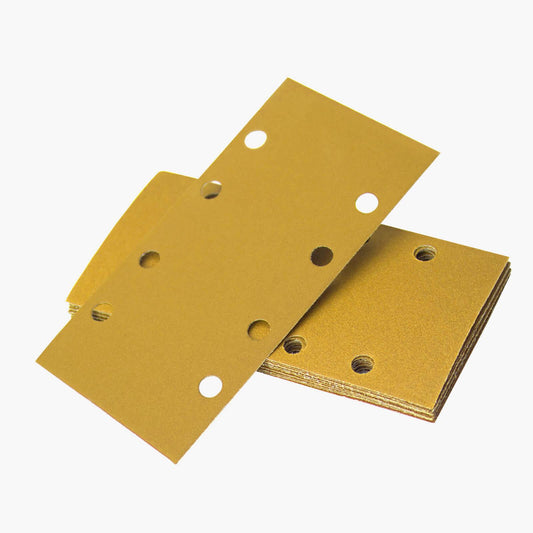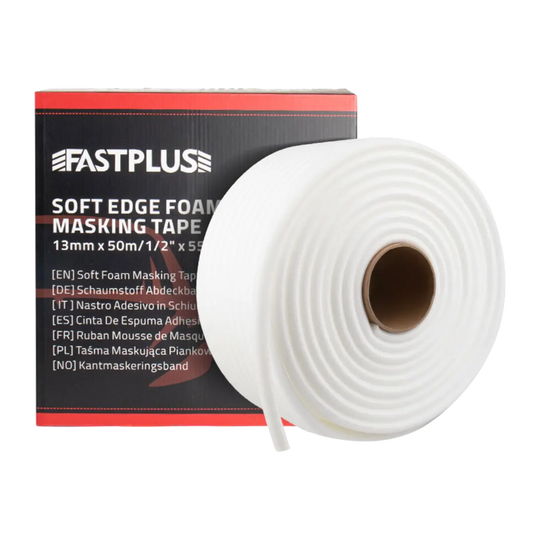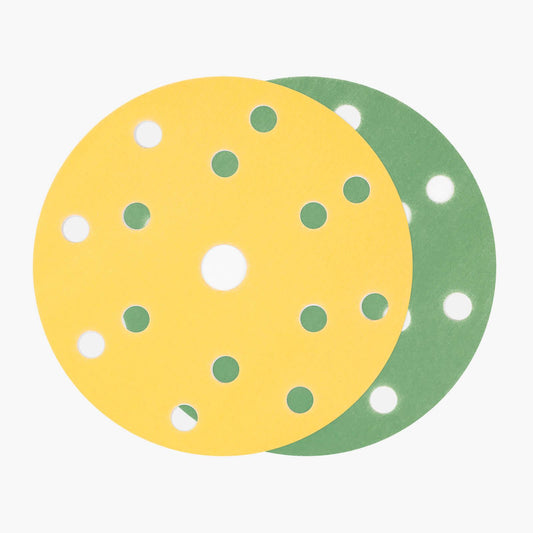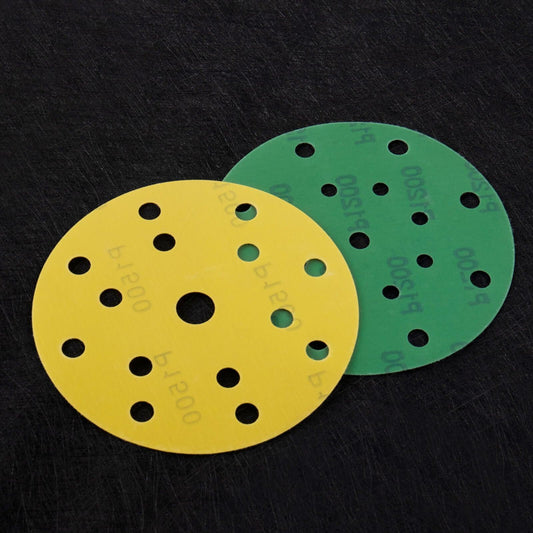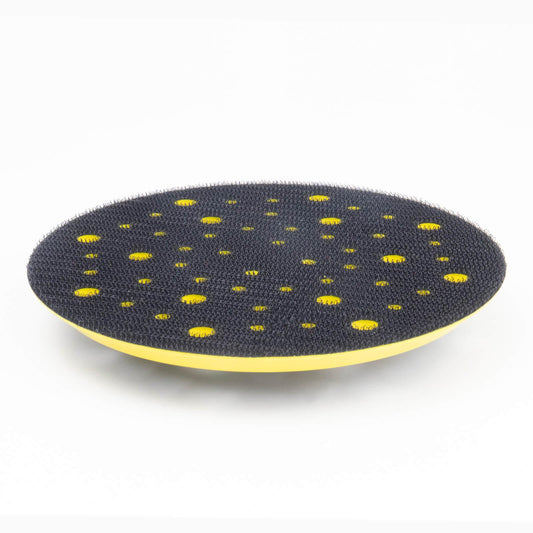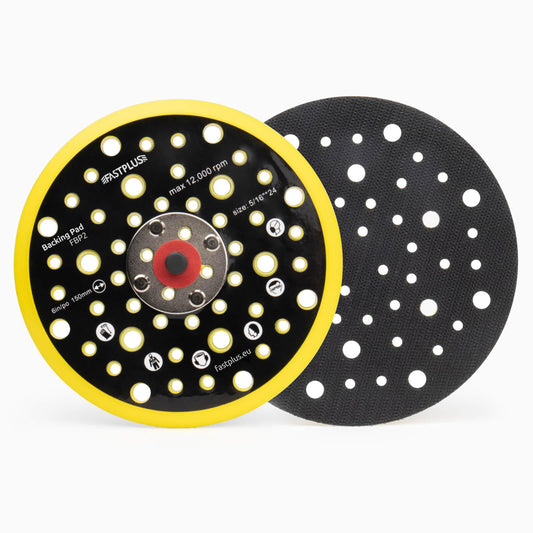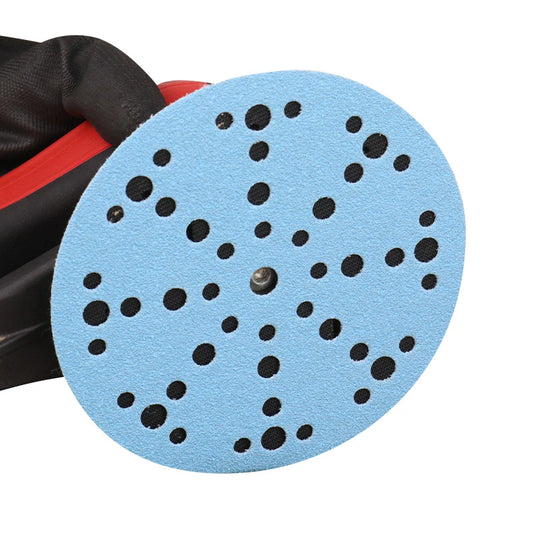
How to Quickly Block Sand Body Filler?
When repairing dents, scratches, or uneven surfaces on a car, body filler—often called Bondo—is a must-have material. But applying it is only half the job. The real skill lies in sanding—specifically, block sanding, which ensures a perfectly smooth, even surface ready for primer and paint.
If you’ve ever wondered how professionals achieve flawless finishes in such little time, the answer lies in technique, tools, and timing. In this guide, we’ll show you how to block sand body filler in minutes with professional results—saving you time, reducing fatigue, and improving your overall finish quality.
What Is Block Sanding?
Block sanding is the process of using a sanding block—a rigid or semi-flexible backing tool—to level and smooth body filler after it cures. The sanding block prevents the sandpaper from following minor surface waves, ensuring that only the high spots are cut down.
Unlike hand sanding, where your fingers follow every curve, block sanding flattens the surface evenly, removing ridges, highs, and feather edges that would show up later in paint.
Why Block Sanding Matters
Even though power sanders can remove material quickly, block sanding gives you the precision and control that machines can’t always match—especially for curved panels and transitions.
Here’s why it’s essential:
- Flatness and Accuracy – The block keeps pressure even, cutting high spots without digging into low areas.
- Smooth Blending – Proper sanding feather-edges filler into surrounding paint or metal for an invisible transition.
- Surface Prep for Primer – A flat, scratch-free filler surface ensures that primer and paint layers adhere perfectly.
- Reduced Rework – Proper sanding early prevents costly re-sprays or visible imperfections after painting.
What You’ll Need
Before you start, make sure you have the right tools and materials ready. The right abrasive setup makes the biggest difference between spending minutes or hours sanding.
Tools and Materials
- Sanding Block – Use a rigid or semi-flexible block that fits the contour of the surface.
- Body Filler (Putty) – Fully cured before sanding.
- Sandpaper or Sanding Discs / Sandpaper Roll – Start with coarse grit and move progressively finer. A sandpaper roll is convenient for cutting custom sizes to fit your block.
- Guide Coat – Highlights highs and lows.
- Compressed Air or Brush – Clean dust between sanding stages.
-
Safety Gear – Dust mask, eye protection, and gloves.
Choosing the Right Sandpaper
Selecting proper sandpaper is crucial. For block sanding, a sandpaper roll is ideal because it can be cut to size for different blocks or curved panels, reducing waste.
| Stage | Recommended Grit | Purpose |
|---|---|---|
| Rough Shaping | P80–P120 | Rapid leveling and shaping filler |
| Intermediate Smoothing | P180–P220 | Refining shape, feathering edges |
| Final Finishing | P320–P400 | Prepares surface for primer |
High-quality abrasives like ceramic mesh sanding discs or aluminium oxide sanding discs also improve efficiency and reduce clogging.
Step-by-Step: How to Block Sand Body Filler in Minutes
Follow these steps to achieve a smooth, professional finish efficiently.
Step 1: Let the Body Filler Cure Fully
Rushing the process is one of the most common mistakes. If the filler is still soft, your sandpaper will clog immediately. Wait for the filler to fully harden, usually 15–30 minutes, depending on the brand, temperature, and hardener ratio.
A simple test: lightly press your fingernail into the filler—if it leaves a mark, it’s not ready yet.
Step 2: Mark the Surface with a Guide Coat
Spray or dust a guide coat over the filler area. This thin, contrasting layer reveals highs and lows as you sand. The black (or colored) areas that remain indicate low spots, while the sanded-off sections show highs.
This trick saves you minutes of guesswork and ensures even sanding across the panel.
Step 3: Start with Coarse Grit (P80–P120)
Wrap P80 sandpaper, cut from a sandpaper roll, around a rigid block. Use long, even strokes in a crosshatch pattern (e.g., 45° in one direction, then opposite).
💡 Tip: Let the abrasive do the work; excessive pressure can dig holes. A sandpaper roll lets you cut multiple strips quickly, keeping the workflow fast and efficient.
Step 4: Identify and Refill Low Spots
After the first round, the guide coat will clearly show where filler is missing. Don’t keep sanding those low spots—they won’t disappear by sanding.
Instead:
- Wipe the surface clean.
- Mix a small batch of fine body filler or glazing putty.
- Apply it only to low areas.
- Allow it to cure completely before continuing.
This step ensures a smooth contour with minimal rework later.
Step 5: Move to Medium Grit (P180–P220)
Once the filler is shaped, switch to P180–P220 grit for refining the surface. This step removes coarse scratches and feathers the filler edges into the surrounding paint or metal.
Sand again in a cross pattern—light pressure, consistent motion, and full strokes across the repaired area.
At this stage, you should begin to see a uniform matte finish with no shiny or low areas.
Step 6: Apply a Second Guide Coat and Finish Sand
Spray another guide coat and sand with fine grit. Use soft blocks or hand pads for curves. Strips cut from a sandpaper roll ensure smooth, even coverage for final blending. Inspect under angled light for any remaining defects.

Step 7: Clean and Inspect
Once you’re satisfied, blow off or wipe the surface with a clean microfiber cloth and degreaser. Run your fingertips lightly across the surface—it should feel smooth and consistent with no detectable edges between filler and paint.
If everything looks and feels flat, the panel is now ready for primer.
Pro Tips to Save Time and Get a Perfect Finish
-
Use Quality Abrasives
A sandpaper roll allows custom-cut sheets for block sanding and improves stock removal speed.
-
Keep Your Block Clean
Clogged paper creates swirl marks. Tap or blow off your paper often, or use anti-clogging abrasives. -
Don’t Over-Sand Edges
Apply lighter pressure near feather edges—over-sanding can expose metal or create uneven lines. -
Maintain Proper Lighting
Side lighting reveals surface defects instantly. A small LED inspection light helps catch imperfections early. -
Stay Systematic
Sand in sections. Focus on one repair zone at a time rather than jumping around the panel. -
Upgrade to Dry Sanding Mesh Discs
Modern net or mesh abrasives allow dust-free sanding with vacuum extraction—keeping visibility high and sanding consistent.
Common Mistakes to Avoid
Even experienced body techs can waste time correcting simple sanding errors. Avoid these pitfalls:
- Sanding too soon: Filler not cured → clogging and uneven removal.
- Using fingers instead of a block: Creates waves and dips.
- Skipping grit steps: Deep scratches visible under primer.
- Uneven pressure: Causes surface distortions.
- Neglecting the guide coat: Hard to see flaws until paint reveals them—too late!
Recommended Sanding Blocks and Discs
If you’re serious about cutting time, the right abrasive setup makes a big difference.
- Rigid Sanding Block (Longboard Type) – Ideal for large flat areas like doors or hoods.
- Flexible Sanding Block – Great for gentle curves or transitions.
- Foam Interface Pad + Mesh Disc – Perfect for finishing contours with P320–P400 grits.
- Ceramic Mesh Sanding Discs (P80–P400) – Provide fast stock removal, long life, and excellent anti-clogging performance.
These tools ensure you can block sand efficiently without sacrificing finish quality.
Fastest Workflow Example (Pro Method)
If you want to sand a medium-size repair (about 30 × 30 cm) in under 10 minutes:
- P80 grit with long block – 2 minutes to shape.
- Apply glaze filler on low spots – 2–3 minutes to cure.
- P180 grit to refine – 2 minutes to blend.
- P320 grit for finish sanding – 2 minutes to smooth.
- Final inspection and cleanup – 1 minute.
Total: Under 10 minutes, ready for primer.
With experience and high-performance abrasives, you can easily achieve consistent, high-quality finishes in record time.
Final Thoughts
Block sanding may seem tedious, but with the right technique and tools, you can transform it into a quick, precise, and satisfying process.
By using a good sanding block, selecting the proper grit sequence, applying guide coats, and following a disciplined method, you can block sand body filler in just minutes—leaving a flawless, paint-ready surface.
Remember:
- Let abrasives do the work.
- Stay even and controlled.
- Always use guide coats to track your progress.
Whether you’re a professional body technician or an auto DIY enthusiast, mastering this process ensures every repair looks as smooth as factory metal—ready to shine under a fresh coat of paint.




